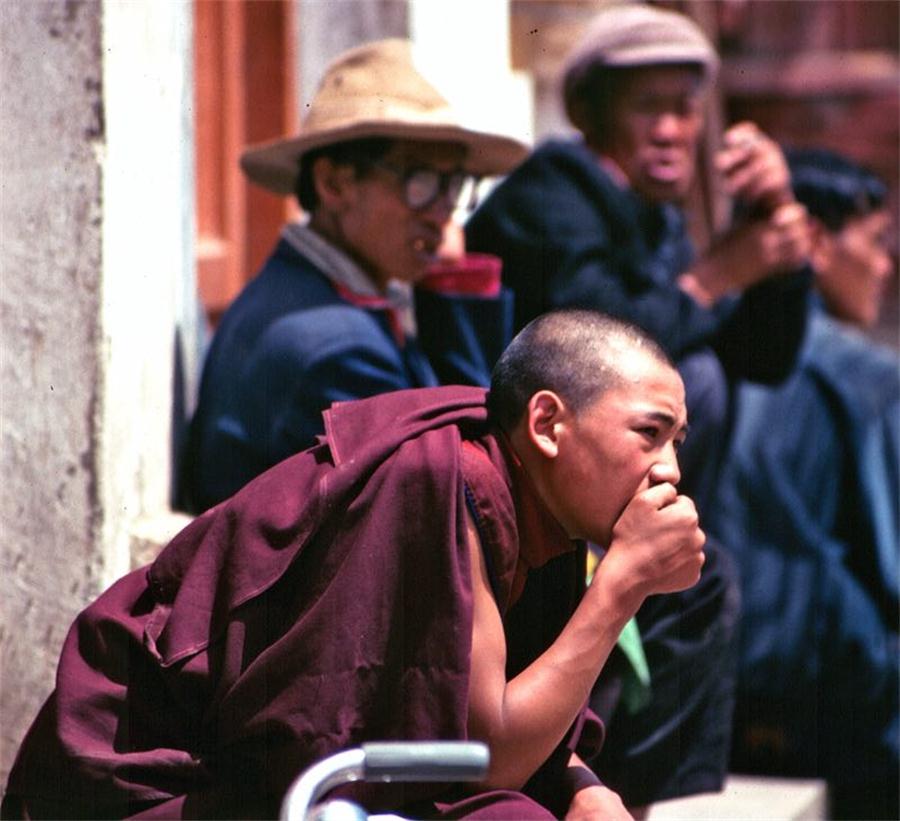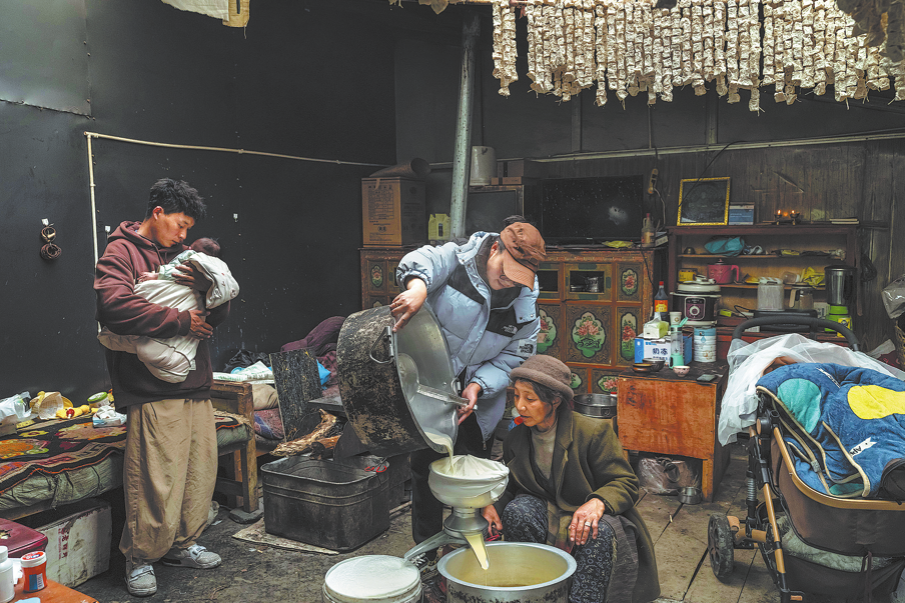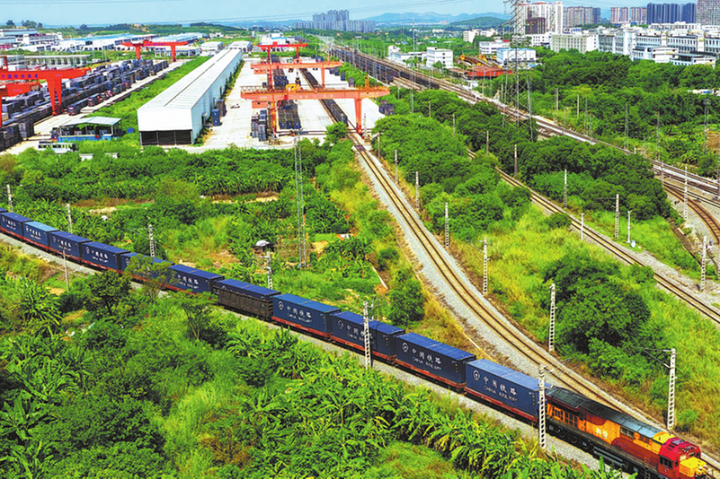The postcard-like beauty of Yunnan’s Shangri-La


On the lake floated a raft of three large tethered logs. Boys played on it, jumping into the water, before giving it over to five traditionally costumed teenage girls. Laughing, they shouted and gestured for me to join them. I declined while watching a girl leap off to chase a pig wandering away from the pasture. With virtually no sign of modernity, such scenes again were surely timeless?
Leaving the bike parked, I walked across simple log bridges to shoreline vantage points, sitting again for long periods under beautiful weather conditions. The joys of travel, I reminded myself.
It was hard to leave, but my route back to town was a deliberately slow detour along tracks leading through villages seen earlier from the hill. Tractor-hauled carts carried villagers curious and surprised at encountering me on my lumbering cycle - the roadways were indeed bumpy. I was fascinated with the many large corn drying frames - unique to Yunnan’s high uplands? The land became a sea of flowers - yellow, white, red, purple. Beyond the villages, no people and no mechanical sounds. I lay down, breathing in the aroma of the flora and listening to countless bird songs. I was totally alone and enjoying every precious moment.
Songzanlin Monastery, or Ganden Sumtsenling, was referred to as Guihua during the reign of Qing Dynasty Emperor Yongzheng (1678-1735). Dating back to 1679 and surrounded by hills five kilometers north from Zhongdian its physical appearance suggests a “Little Potala Palace”. Belonging to the Gelukpa or Yellow Hat sect of Tibetan Buddhism it is the most important monastery in southwestern China.
Today the principal attraction around Zhongdian (Shangri-La) it has been extensively refurbished and enlarged since my visit in 1995. Being there in the pre-tourism era it became for me a very personal travel moment.
























